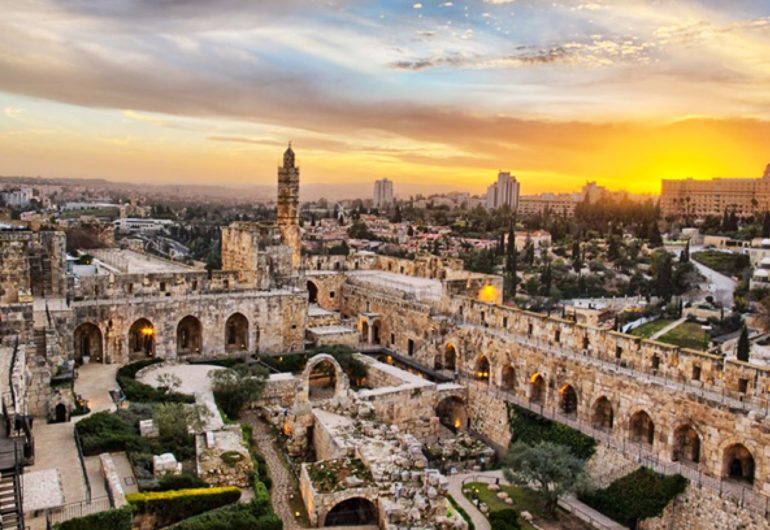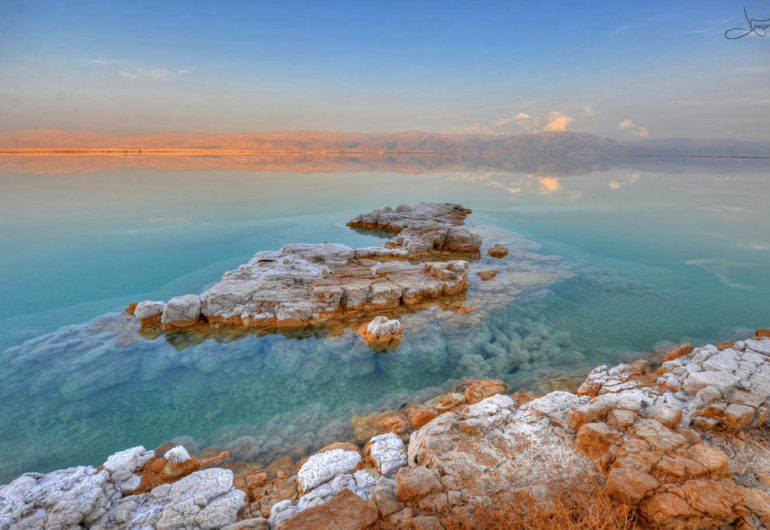General Information about Israel
Temperatures in Israel vary widely, especially during the winter. Coastal areas, such as those of Tel Aviv and Haifa, have a typical Mediterranean climate with cool, rainy winters and long, hot summers. The area of Beersheba and the Northern Negev have a semi-arid climate with hot summers, cool winters, and fewer rainy days than the Mediterranean climate. The Southern Negev and the Arava areas have a desert climate with very hot, dry summers, and mild winters with few days of rain. The highest temperature in the continent of Asia (54.0 °C or 129.2 °F) was recorded in 1942 at Tirat Zvi kibbutz in the northern Jordan River valley.
At the other extreme, mountainous regions can be windy and cold, and areas at elevation of 750 meters or more (same elevation as Jerusalem) will usually receive at least one snowfall each year. From May to September, rain in Israel is rare. With scarce water resources, Israel has developed various water-saving technologies, including drip irrigation. Israelis also take advantage of the considerable sunlight available for solar energy, making Israel the leading nation in solar energy use per capita (practically every house uses solar panels for water heating).
Tourism, especially religious tourism, is an important industry in Israel, with the country’s temperate climate, beaches, archaeological, other historical and biblical sites, and unique geography also drawing tourists. Israel’s security problems have taken their toll on the industry, but the number of incoming tourists is on the rebound. In 2013, a record of 3.54 million tourists visited Israel with the most popular site of attraction being the Western Wall with 68% of tourists visiting there.





 +91-9815423555
+91-9815423555 info@globalbeeholidays.com
info@globalbeeholidays.com
